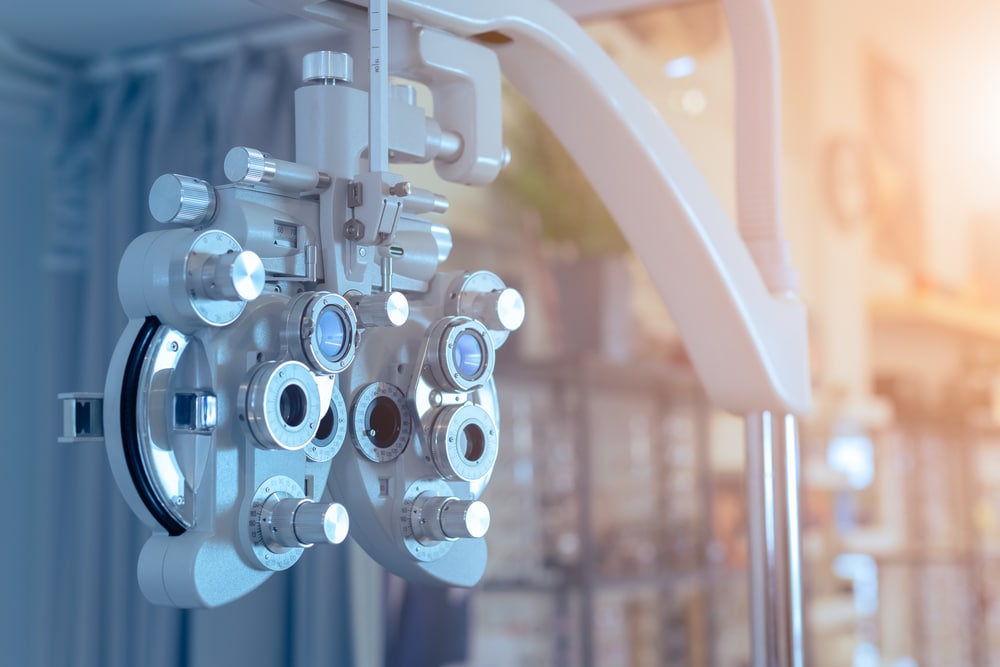
General ophthalmologists perform comprehensive eye examinations and surgical evaluations. General ophthalmologists are Eye MDs who provide a broad spectrum of eye care, from vision care (evaluating visual changes and prescribing glasses) to diagnosing and treating eye disease. A wide scope of patients with ocular problems and health concerns who range in age from teens through elderly adults are seen by these physicians.
At Wheaton Eye Clinic, General ophthalmologists are often the first doctors on our team to see patients for periodic medical eye exams as well as for specific visual or ocular complaints. They take care of a variety of conditions, such as diabetes, dry eyes, cataracts and glaucoma.
General Ophthalmologists evaluate a large range of symptoms such as blurry vision, poor night vision, transient loss of vision, loss of visual field, sudden loss of vision, difficulty with near vision, eye pain, red eyes, eye fatigue, fluctuating vision, itching or burning, crusts or discharge, excess tearing, double vision and itching or redness of the eyelids.
Often patients are referred to a General ophthalmologist at the Wheaton Eye Clinic by an internist, family practice doctor, endocrinologist, neurologist, dermatologist, pediatrician, or other medical specialists in the community.
Usually, a full medical eye exam begins with refraction (checking whether vision can be improved with a new pair of glasses), checking eye pressure, checking ocular alignment and motility, and examining the anterior structures of the eye with a specialized slit lamp bio-microscope. A full examination often includes dilation of the pupils so that the posterior structure of the eye, such as the retina and optic nerve, can be examined. When findings raise suspicion for pathologic conditions, special ancillary testing may be performed to provide additional information.
General Ophthalmology at Wheaton Eye Clinic includes the following:
Wheaton Eye Clinic is prepared to treat urgent care patients during regular business hours. An emergency ophthalmologist is on call 24 hours a day, seven days a week, to patients calling our normal business phone number—630.668.8250. After business hours, an operator will take your information and relay this to the on-call physician.
Wheaton Eye Clinic’s unparalleled commitment to excellence is evident in our continued growth. Today we provide world-class medical and surgical care to patients in six suburban locations—Wheaton, Naperville, Hinsdale, Plainfield, St. Charles, and Bartlett.
(630) 668-8250 (800) 637-1054